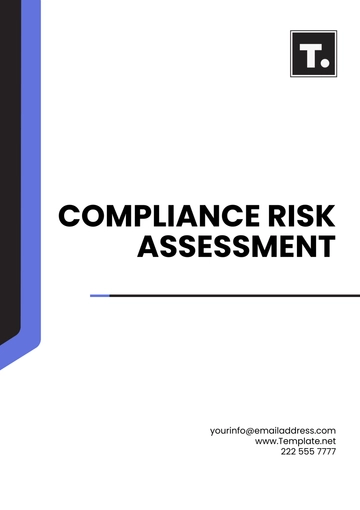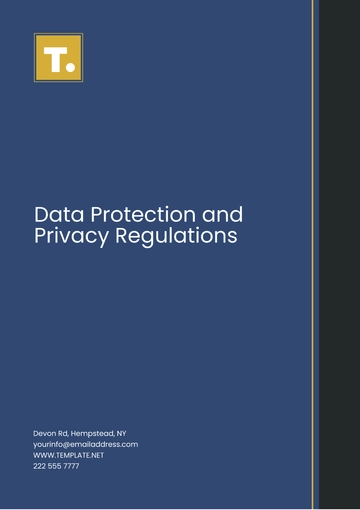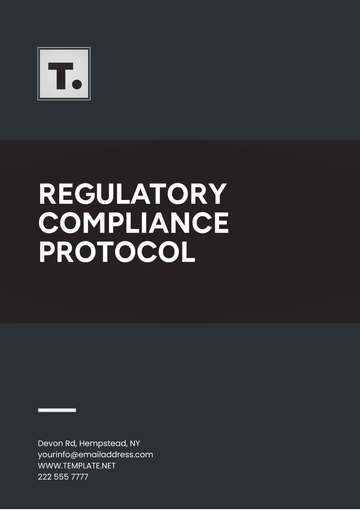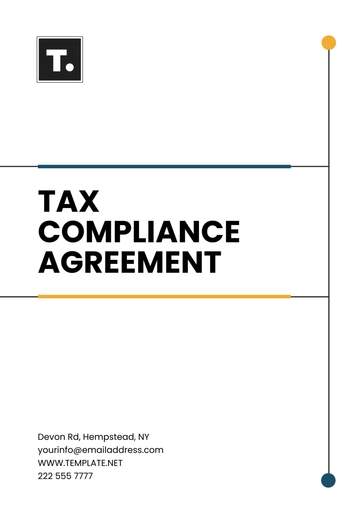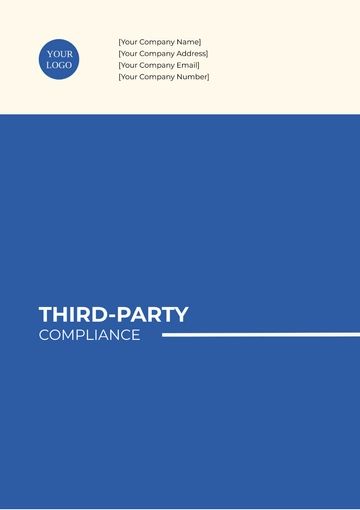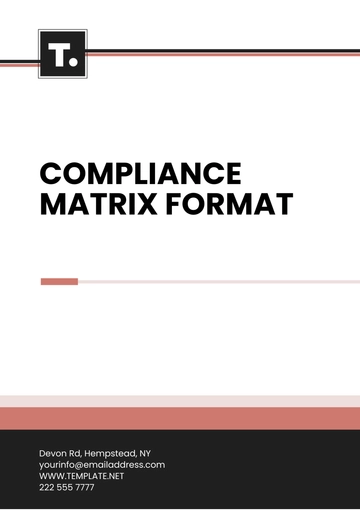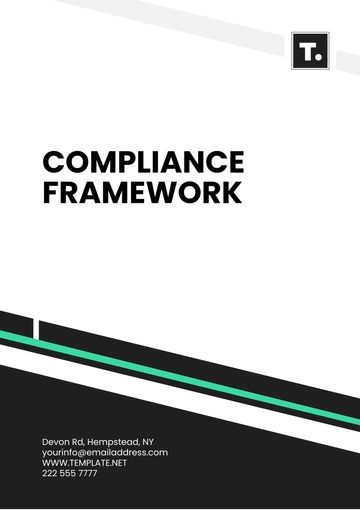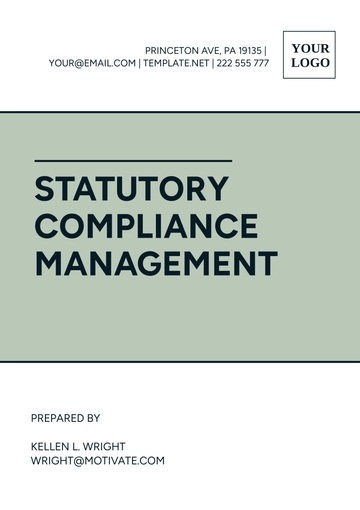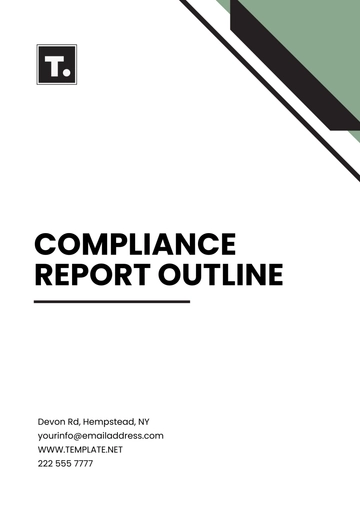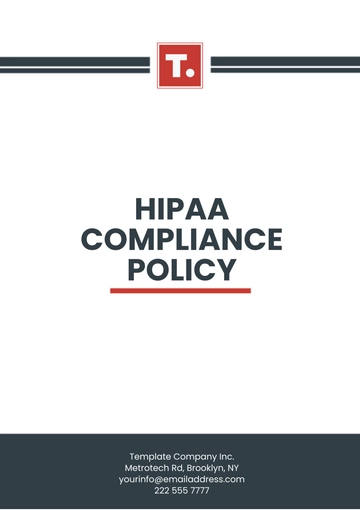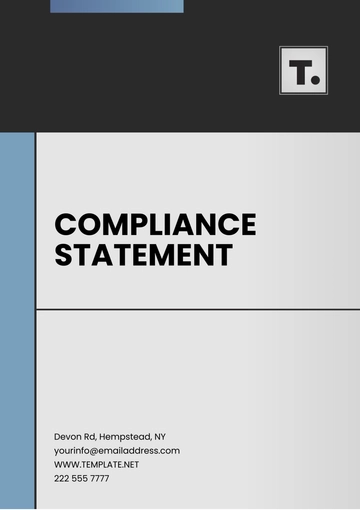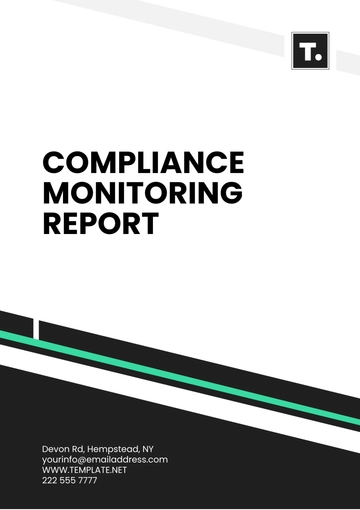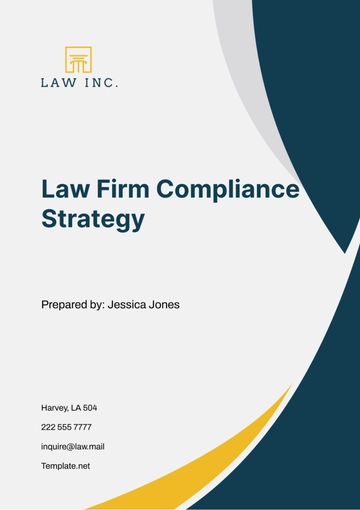Free International Advertising Law Compliance Overview
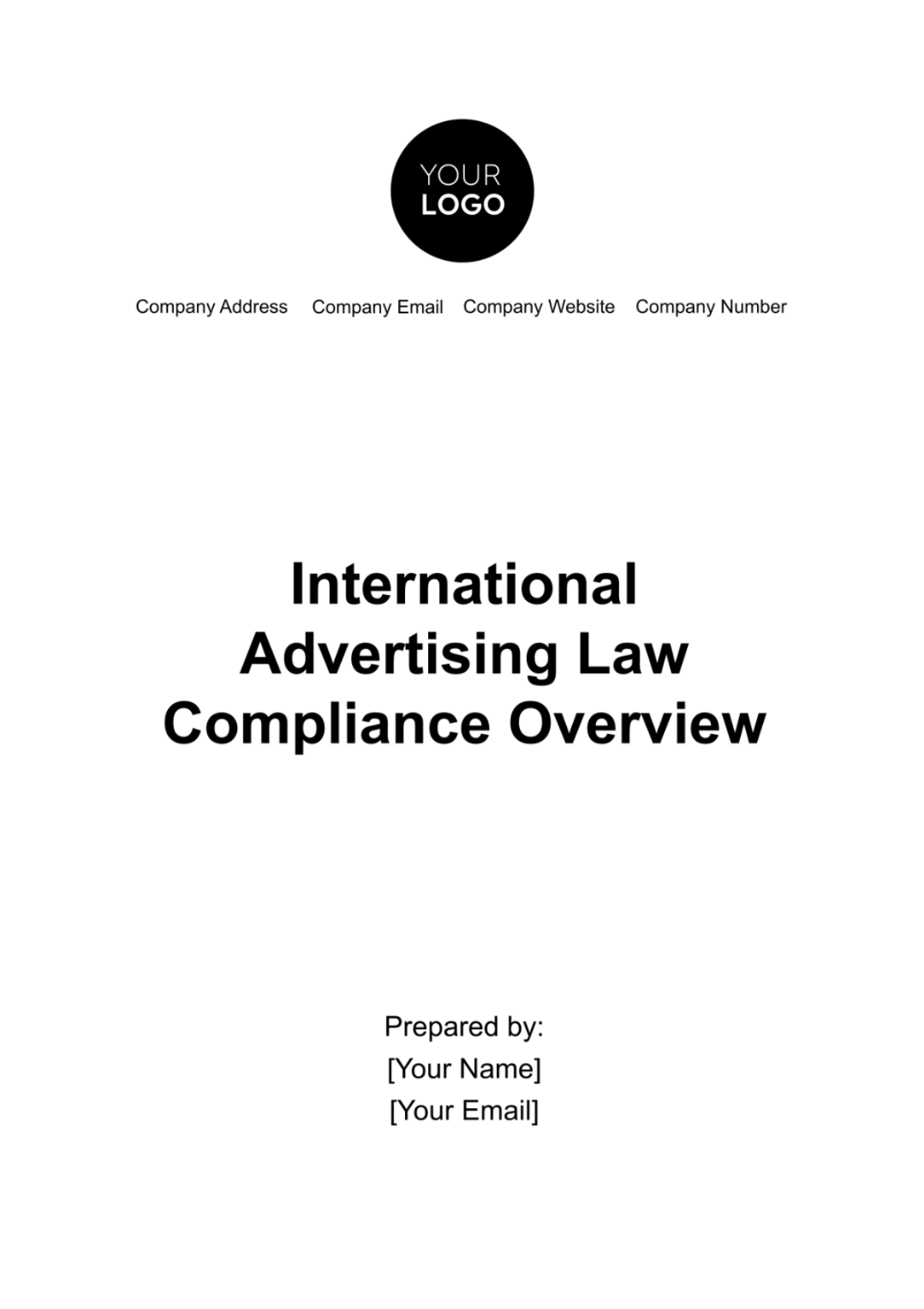
Introduction to International Advertising Law
International advertising operates in a complex legal landscape, where understanding and adhering to diverse legal requirements is crucial. Unlike domestic advertising, which adheres to a single set of laws, international advertising must navigate the legal systems of each target market. This section delves into the intricacies of balancing global advertising strategies with local legal compliance.
Comparative Legal Frameworks
Country | Key Advertising Law | Unique Features |
USA | Lanham Act | Emphasis on preventing false advertising and protecting trademarks. |
EU | Unfair Commercial Practices Directive | Broad scope covering deceptive and aggressive practices. |
China | Advertising Law of the People's Republic of China | Strict regulations on health and safety claims. |
India | The Consumer Protection Act, 2019 | Provisions against misleading advertisements and endorsers' liability. |
This table highlights key advertising laws in various major markets. It's essential to recognize that while there are common themes like consumer protection and truthfulness, each jurisdiction has its unique focus and enforcement mechanisms.
Intellectual Property Rights in Advertising
In international advertising, intellectual property (IP) plays a pivotal role. Advertisers must ensure that their content does not infringe upon existing IP rights, which can vary significantly between regions. This section covers the basic principles of IP in advertising, including trademarks, copyrights, and patents, with real-world scenarios illustrating common pitfalls and best practices.
Trademark Usage: Ensure that all trademarks used in advertisements are either owned by the company or licensed properly. For instance, the 'Global Trademark Incident' in 2051, where a European company faced legal action for unlicensed use of a popular cartoon character, highlights the importance of this compliance.
Copyright Considerations: Obtain permission for all copyrighted material, including images, music, and text. A case study to consider is the 'Music Licensing Lawsuit' of 2052, where an advertisement’s unauthorized use of a hit song resulted in significant fines.
Patent Awareness: Avoid referencing patented technology or processes without permission. The 'Tech Ad Dispute' of 2050, involving the use of a patented smartphone feature in an ad campaign, serves as a cautionary tale.
Advertising Standards and Ethics
Ethical advertising goes beyond legal compliance, encompassing honesty, social responsibility, and decency. This section examines global advertising ethics, spotlighting self-regulatory bodies like the International Chamber of Commerce. Ethical advertising not only fosters trust with consumers but also mitigates legal risks.
Honesty and Accuracy: Advertisements should not contain false or misleading claims. The 'Health Supplement Scandal' of 2051, where exaggerated health benefits led to legal repercussions, is a key example.
Decency and Respect: Ads should respect cultural and societal norms. Avoid content that could be deemed offensive or insensitive, as seen in the 'Fashion Ad Backlash' of 2052.
Social Responsibility: Advertising should promote positive social messages and avoid encouraging harmful behaviors. The successful 'Drive Safe Campaign' by a major automobile company is an excellent example of this principle in action.
Digital Advertising and Online Compliance
Aspect | USA Regulation | EU Regulation | China Regulation |
Data Privacy | COPPA, CCPA | GDPR | Cybersecurity Law |
Cookies | Do Not Track Act | ePrivacy Directive | - |
Targeted Advertising | FTC Guidelines | GDPR | Advertising Law |
Digital advertising, especially regarding data privacy, cookies, and targeted ads, requires strict adherence to country-specific laws. This table provides a snapshot of digital advertising laws in key markets. Case studies in this section illustrate both compliance and breaches, offering insights into navigating the digital landscape.
Case Study: The 'Data Misuse Fine' of 2052, where a company was penalized for non-compliance with GDPR, underscores the importance of data privacy in digital advertising.
Consumer Protection Laws
Consumer protection is a cornerstone of advertising law, focusing on preventing misleading advertisements and safeguarding consumer rights. This section explores the legal definition of misleading advertising and compares consumer protection laws across different countries, emphasizing the importance of transparency and accuracy in advertising messages.
Clear and Honest Information: All information in ads must be clear, honest, and not misleading. The 'Misleading Car Ad Penalty' in 2051 in the USA serves as a warning for advertisers.
Fair Representation: Avoid making unfair comparisons with competitors' products, as seen in the 'Comparison Ad Lawsuit' in China in 2050.
Consumer Rights Awareness: Be aware of and respect consumer rights, including the right to accurate information and the right to privacy.
Regulatory Bodies and Enforcement Mechanisms
Enforcement of advertising laws is as varied as the laws themselves. This section lists major regulatory bodies like the FTC in the USA and the ASA in the UK and discusses their enforcement powers. Understanding the potential consequences of non-compliance, illustrated through case studies, is essential for any advertiser operating internationally.
Global Regulatory Bodies and Their Focus
Country | Regulatory Body | Focus Area |
USA | Federal Trade Commission | False advertising and consumer protection |
UK | Advertising Standards Authority | Ethical advertising standards |
Japan | Consumer Affairs Agency | Fairness in advertising |
Enforcement Example: In 2051, the FTC fined a tech company for deceptive advertising, emphasizing the importance of truth in advertising.
Cultural Sensitivity and Diversity in Advertising
Respecting cultural diversity in international advertising is not just a legal requirement but also a business imperative. This section provides guidelines for creating advertisements that are culturally respectful and inclusive, with examples of successful and failed campaigns, highlighting the impact of cultural sensitivity on brand reputation.
Understand Local Cultures: Before launching an ad campaign, conduct thorough research to understand the local culture and norms. The 'Cultural Insight Campaign' in India by a global brand effectively leveraged local cultural elements.
Diverse Representation: Ensure that ads represent diversity respectfully and inclusively, as demonstrated in the 'Global Faces Initiative' of 2052 by an international cosmetics brand.
Advertising in Emerging Markets
Emerging markets present unique challenges and opportunities for advertisers. This section explores the nuances of advertising law in these markets, offering strategies for compliance amidst diverse and rapidly changing legal landscapes. Case studies highlight successful campaigns that navigated these complexities effectively.
Local Market Adaptation: Tailor advertising strategies to suit local tastes, languages, and cultural nuances. The successful adaptation of a global soft drink campaign in Southeast Asia is a prime example.
Legal and Regulatory Compliance: Stay informed about and compliant with local advertising laws, which can be markedly different from those in more developed markets.
Future Trends and Predictions
The final section analyzes emerging trends, such as the impact of artificial intelligence and virtual reality in advertising. It offers predictions about future legal challenges and provides recommendations for staying compliant in an evolving legal landscape.
Rise of AI in Advertising: Prepare for increased use of AI in personalized advertising, ensuring compliance with emerging privacy and ethical standards.
Augmented Reality (AR) and Virtual Reality (VR): As AR and VR technologies become more prevalent in advertising, stay abreast of new legal considerations, such as virtual IP rights and user privacy concerns.
Sustainability and Advertising: Anticipate a growing trend towards promoting sustainability and environmental responsibility in advertising, aligning with global consumer sentiments.
Regulation of Influencer and Social Media Marketing
Influencer and social media marketing are rapidly evolving areas that require special attention in terms of compliance.
Key Compliance Areas in Influencer Marketing
Aspect | Guideline |
Content Guidelines | Content should adhere to standard advertising regulations. |
Platform-Specific Rules | Comply with individual social media platform's advertising rules. |
Example: The 'Hidden Sponsorship Scandal' of 2052, where a celebrity influencer faced legal action for not disclosing a paid partnership, underscores the importance of transparent disclosures in influencer marketing.
Environmental Claims and Green Marketing
As consumers become more environmentally conscious, advertising that makes environmental claims must be accurate and substantiated.
Guidelines for Environmental Claims in Advertising
Aspect | Guideline |
Claim Substantiation | Ensure all environmental claims are supported by evidence. |
Specificity | Be specific about environmental benefits, avoiding vague terms. |
Comparative Claims | Make fair and substantiated comparative environmental claims. |
Case Study: The 'Eco-Friendly Product Misrepresentation' case of 2051, where a company was fined for making unsubstantiated claims about the environmental benefits of their products, serves as a cautionary example.
Advertising to Children and Vulnerable Groups
Advertising to children and vulnerable groups is subject to stricter regulations due to their impressionable nature and susceptibility.
Regulations for Advertising to Children and Vulnerable Groups
Country | Regulation | Key Focus |
USA | Children's Online Privacy Protection Act | Protecting children's online privacy |
EU | Audiovisual Media Services Directive | Limiting exposure to harmful ads |
Australia | Australian Consumer Law | Preventing misleading advertising to children |
Example: The 'Kids' App Advertising Fine' in 2050, where a gaming app was penalized for targeting children with inappropriate ads, highlights the importance of age-appropriate and ethical advertising practices.
Conclusion
In the dynamic realm of international advertising, staying abreast of diverse and evolving legal standards is imperative for successful global marketing strategies. This overview, spanning traditional legal frameworks to emerging trends in digital and social media advertising, underscores the importance of comprehensive knowledge and adaptive approaches in various jurisdictions.
The highlighted case studies and examples serve as reminders of the potential legal pitfalls and the importance of ethical considerations in crafting advertisements. The tables provide quick references to key guidelines and regulations across different regions and topics.
As the landscape of international advertising continues to shift with technological advancements, cultural changes, and regulatory developments, advertisers must remain vigilant, informed, and flexible. Success in this realm hinges not just on creative content but on a keen understanding and adherence to the multifaceted legalities that govern global advertising.
This document aims to equip advertisers with the knowledge and tools necessary for navigating the complex, yet exciting world of international advertising law, ensuring that their campaigns are not only creative and effective but also compliant and respectful of diverse global standards.
- 100% Customizable, free editor
- Access 1 Million+ Templates, photo’s & graphics
- Download or share as a template
- Click and replace photos, graphics, text, backgrounds
- Resize, crop, AI write & more
- Access advanced editor
Introducing Template.net's International Advertising Law Compliance Overview Template. This editable and customizable tool, powered by our Ai Editor Tool, provides a comprehensive overview of advertising laws worldwide. Stay compliant with regulations across borders, tailor the content to your needs, and ensure legal adherence with ease. Simplify compliance with Template.net's innovative solutions.




